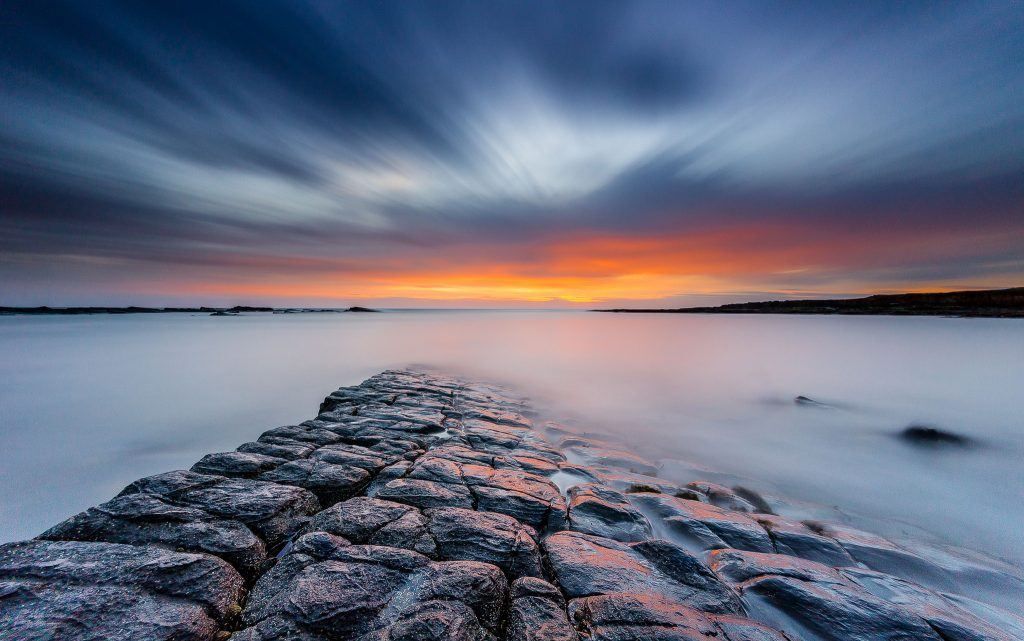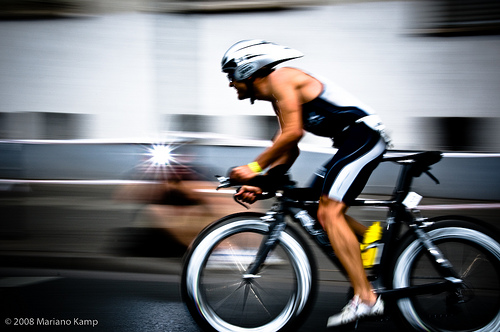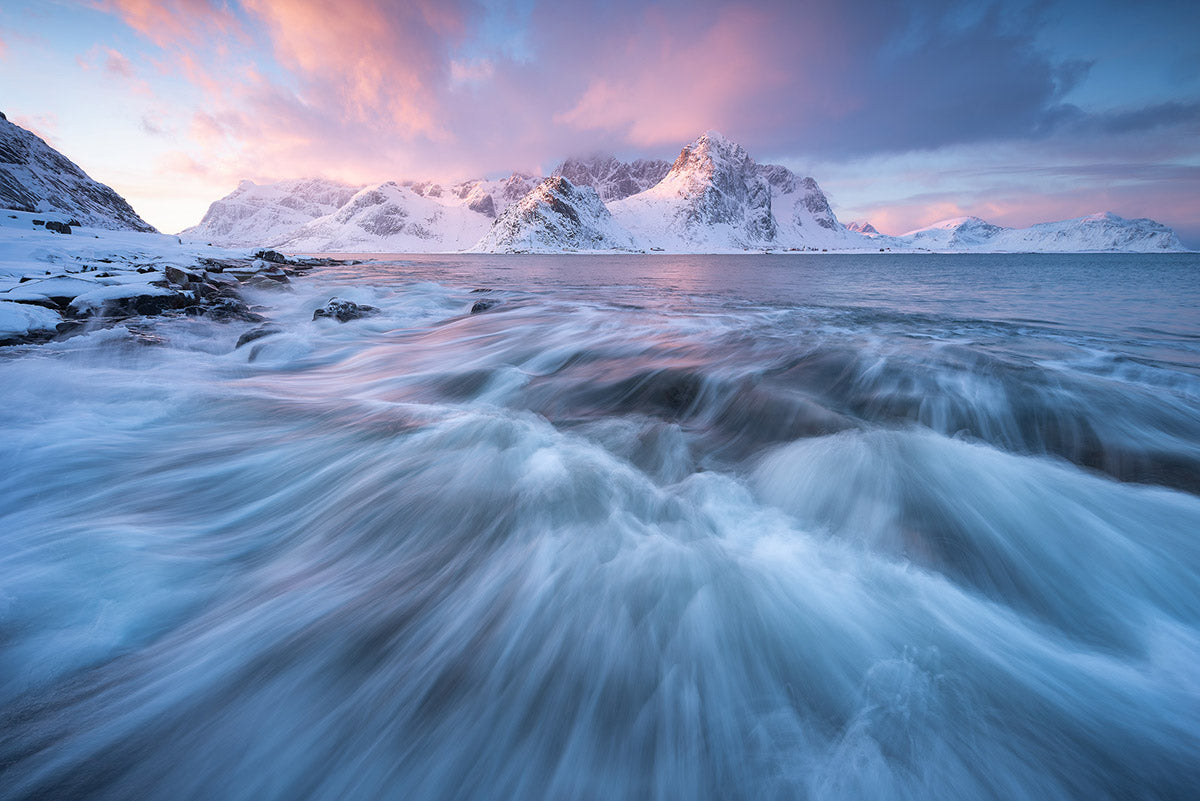Long Exposure Photography Techniques: A Guide to Mastering Motion and Light for 2025
Introduction
Long exposure photography is a captivating photographic technique that allows you to capture the fleeting beauty of movement and light over extended periods. As we enter 2025, this method is evolving with new trends and insights, blending artistry with technical prowess. Whether you are capturing the tranquility of nightscapes or the dynamic chaos of urban streets, mastering long exposures can add a magical quality to your shots.

Understanding Long Exposure Photography
Basics of Long Exposure
Long exposure photography involves opening your camera's shutter for an extended duration. This allows more light to enter, capturing elements of a scene that are typically invisible to the naked eye. It is especially useful for photographing celestial phenomena such as star trails, the Milky Way, and the Northern Lights. Generally, shutter speeds slower than 1/60th of a second are used to achieve the ethereal quality associated with long exposure images.

Techniques for Capturing Stunning Images
Essential Equipment
To capture beautiful long exposure images, having the right equipment is crucial:
- Camera: A DSLR or mirrorless camera with manual settings.
- Tripod: Stability is key to avoid any camera shake during long exposures.
- Filters: Neutral density filters can help manage light overexposure during daytime shoots.

Camera Settings
Understanding and mastering your camera settings is vital:
- Shutter Speed: Experiment with slower speeds for more pronounced effects.
- Aperture: A smaller aperture can help keep the image sharp.
- ISO: Keep it low to reduce noise.
Focusing Techniques
Manual focus is often preferred for long exposure photography, especially at night. Use a torch to illuminate a distant object and set your focus, then switch to manual focus to lock it in.
Exploring Motion Blur
Why Use Motion Blur?
Motion blur is a technique that involves capturing movement within a scene to create a sense of dynamism. It's ideal for photographers looking to convey speed, emotion, and the passage of time in their work. It can transform an ordinary scene into something visually striking.

Techniques for Motion Blur
- Panning: Follow a moving subject with your camera to keep it sharp while blurring the background.
- Long Exposure: Use slower shutter speeds to capture the motion of clouds or water, creating an ethereal effect.
- Zoom Blur: Zoom in or out during exposure for a dynamic radial effect.
Real-World Applications and Inspiration
From city skylines painted with light trails to the elegance of dancers in motion, long exposure and motion blur techniques provide a versatile canvas for creative expression. As the photography landscape evolves, these techniques will continue to set photographers apart by adding depth and intrigue to their portfolios.
Introducing Camstrap: Enhancing Your Photography Workflow
For photographers aiming to capture dynamic scenes, a reliable camera strap is indispensable. Camstrap offers innovative solutions crafted for photographers who need both mobility and quick access to their gear:
- Camstrap Explorer: Perfect for professionals with heavy equipment, featuring a breathable strap and magnetic lens cap clip for quick changes.
- Camstrap Voyager: A lighter option for smaller cameras, designed for agility without compromising comfort.
Conclusion
Long exposure photography provides endless creative possibilities, capturing moments that inspire and awe. With the right techniques, equipment, and a touch of patience, photographers can craft images that transcend the ordinary. Ready to elevate your photography experience? Explore Camstrap for innovative solutions that complement your photographic journey.





